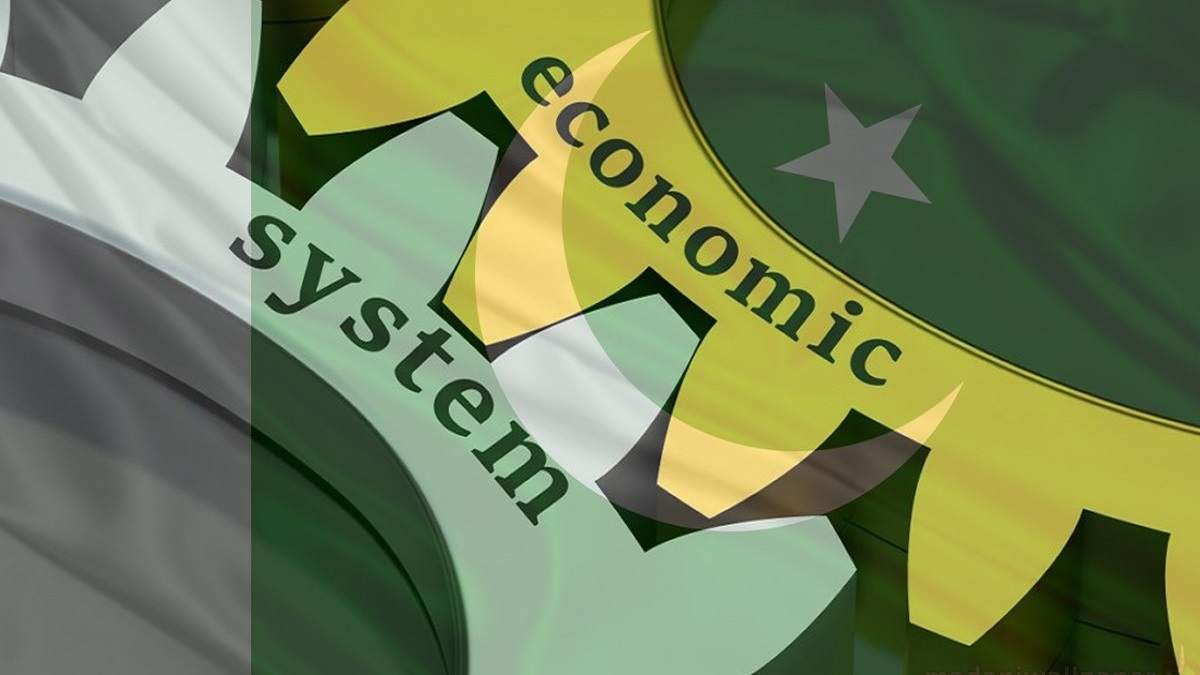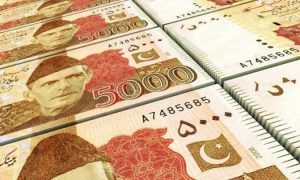Pakistan’s National Economic Council (NEC) has given the green light to the ambitious “Pakistan Economic Outlook 2035” initiative, aimed at expanding the country’s economy to $1 trillion and slashing poverty levels to 15%. However, this aspirational goal could only be realized with sustained political stability.
The Planning Commission has outlined a rather sobering forecast for Pakistan’s economic landscape in 2035 if the new targets fall short and political leaders fail to secure stability. Led by Prime Minister Shehbaz Sharif, the NEC approved the strategic concept, which also sets the GDP growth target at 3.5% for the forthcoming fiscal year and an inflation target of 21%.
Federal Minister for Planning, Ahsan Iqbal, highlighted the stark difference between the economic growth under the status quo and with the proposed reforms. He explained that without these reforms, the country’s economy would only reach $573 billion by 2035. However, with the right changes in place today, the economy has the potential to nearly double to $1 trillion.
Given the present economic growth of a marginal 0.29%, achieving this would require addressing significant challenges such as political instability, population growth, deficient human resources, and inconsistent policy implementation.
The minister emphasized that the populace needs to understand the consequences of choosing between maintaining the status quo or aspiring towards these new economic targets.
The documents released by the NEC indicate that without these necessary reforms, Pakistan could be the fastest-growing nation worldwide by 2035, with a population of 340 million. This rapid population growth and low GDP could potentially lead to a rise in unemployment to 9% by 2035.
Conversely, with the proposed transformative strategy in place, the country’s economic growth is projected to reach an annual average of around 6% up to 2035, accelerating growth in all sectors.
Read More: Pakistan Approves Over PKR 402 Billion Supplementary Grant for External Debt Servicing
The planning commission also revealed that with the current pace, Pakistan’s exports could reach only $51 billion by 2035. However, with the appropriate reforms and resources, this figure could potentially rise to $127 billion.
Iqbal stressed the urgency of reaching an export target of $100 billion in the next eight years to prevent the country from remaining ensnared in a debt trap. Without a substantial increase in exports, the external sector may remain unpredictable, leading to detrimental impacts on debt, deficit, and currency value.
The concept paper also highlights that without a fundamental economic transformation, 40% of the population will live below the poverty line by 2035. However, by adopting the proposed economic path, the unemployment rate could decrease to around 5% and the poverty rate to 15%.
In conclusion, the minister urged the country to decide between persisting with the current business-as-usual approach or embracing a transformative path. The government’s ultimate goal is to rank among the top 25 economies worldwide by 2025. To sustain high GDP growth over an extended period, Pakistan must allocate more resources to human capital development and productivity-enhancing measures. The investment-to-GDP ratio, which currently stands at 13.6% in 2023, needs to increase to around 22% by 2035.



























